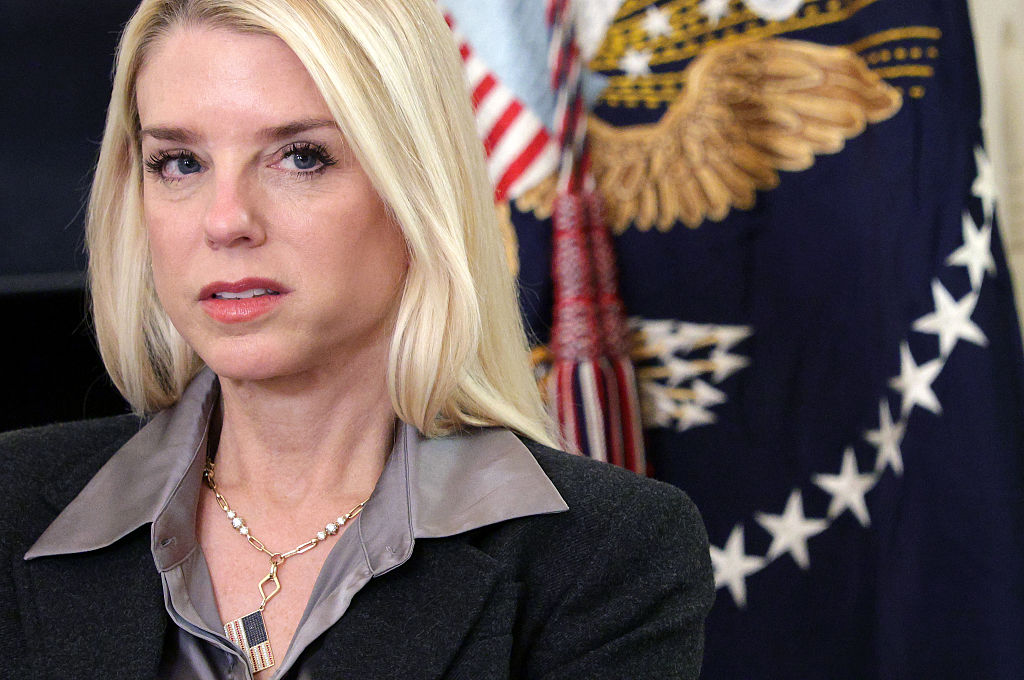The Justice Department announced Friday that it will monitor polling sites in six jurisdictions — Los Angeles, Orange, Riverside, Kern and Fresno counties in California, and Passaic County, New Jersey — ahead of the Nov. 4 election, saying the move will ensure transparency and compliance with federal voting-rights laws.
The department’s Civil Rights Division will oversee the deployment after requests from state Republican parties that raised concerns about compliance with federal statutes. “Transparency at the polls translates into faith in the electoral process, and this Department of Justice is committed to upholding the highest standards of election integrity,” Attorney General Pam Bondi said in the DOJ release. “We will commit the resources necessary to ensure the American people get the fair, free, and transparent elections they deserve.”
DOJ officials framed the action as enforcement of federal civil-rights protections — the Voting Rights Act and related laws — and said Civil Rights personnel would be available to receive complaints and coordinate with U.S. Attorney’s offices. But critics warned the optics risked chilling voters in heavily Democratic communities, especially given California’s ballot fight over a high-stakes redistricting measure.
Local voting-rights groups described the monitors as unnecessary and come with historical baggage. The announcement came as national attention centers on how the federal government interacts with state-run elections; the practice of deploying federal observers dates to enforcement efforts after the 1965 Voting Rights Act but has historically focused on jurisdictions with documented patterns of discrimination. What is politically novel here is the deployment following party requests rather than as part of a court-ordered remedy.
Whether the monitors will reassure voters or inflame partisan tensions depends on how visible and active they are on Election Day. For many observers, the key question is not only legal authority but political consequence: will federal oversight increase trust in election outcomes — or deepen the suspicion that the ballot box itself is a battleground?


